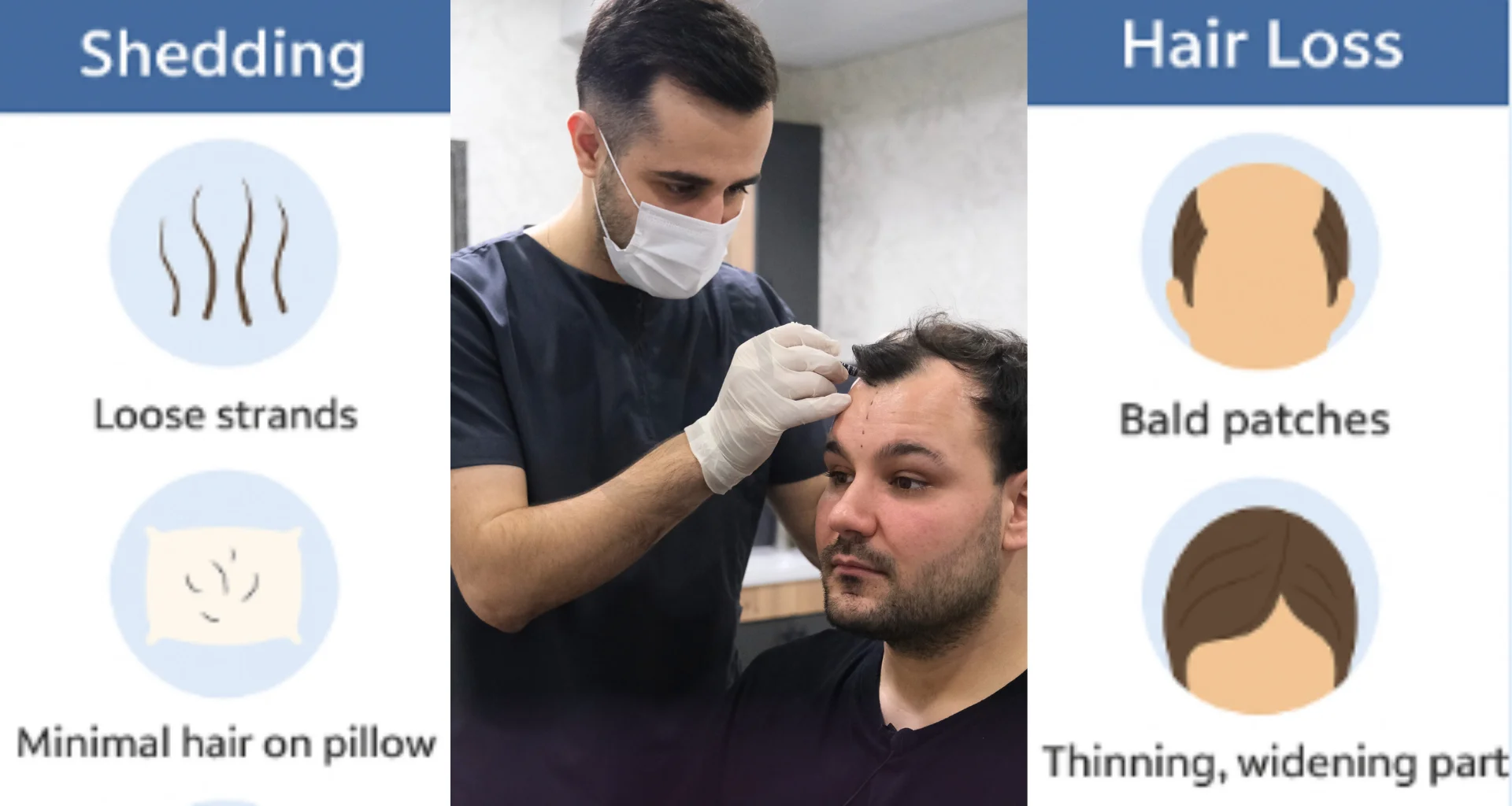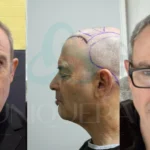DEBUG: Hair Loss Is Not Always Normal: Understanding When Shedding Signals a Medical Concern
Hair Loss Is Not Always Normal: Understanding When Shedding Signals a Medical Concern
- Home
- Hair Loss Is Not Always Normal: Understanding When Shedding Signals a Medical Concern


